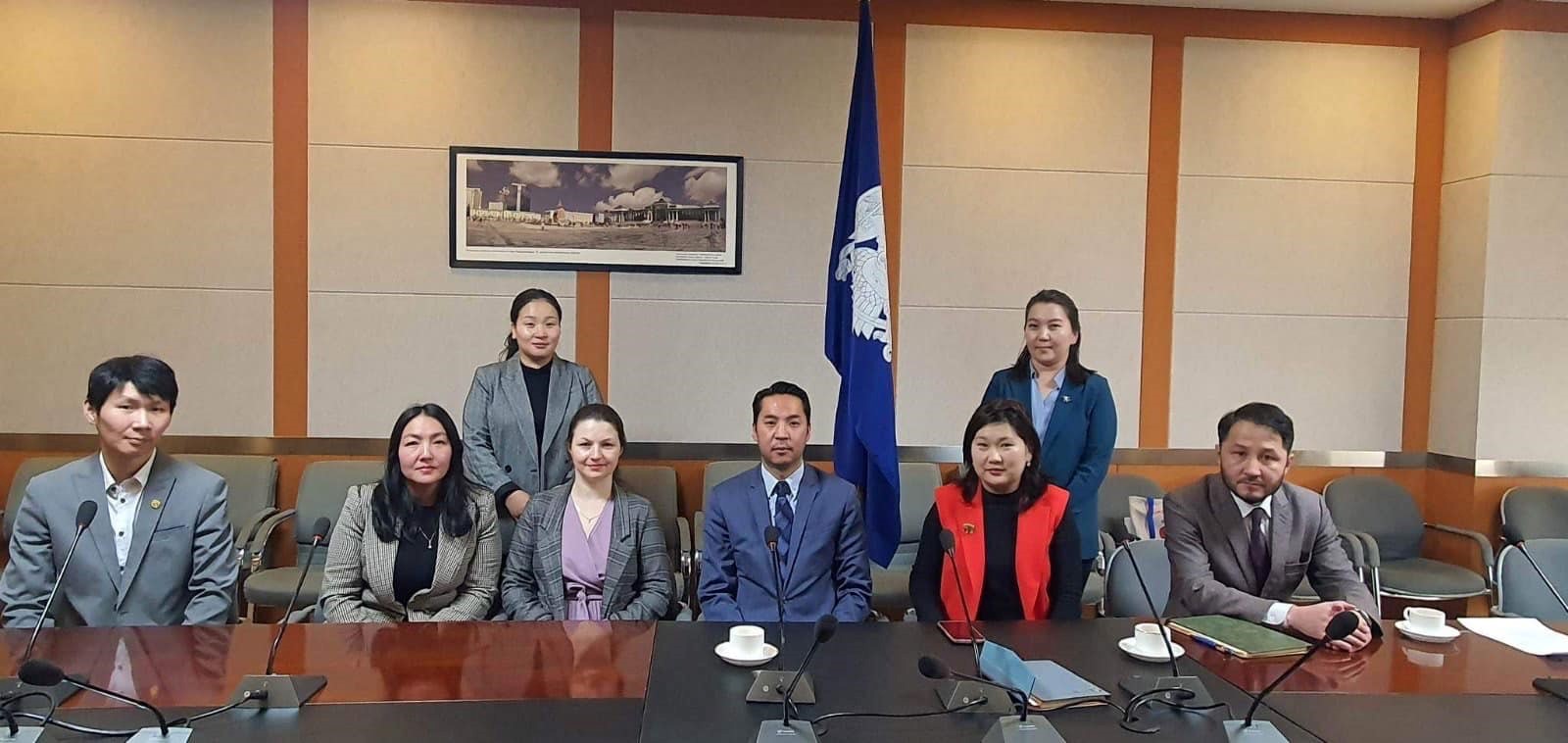Biomonitoring of air in Ulaanbaatar revealed types and sources of pollution
News, 28 December 2022
A scientific team of the Laboratory of Neutron Physics JINR in cooperation with employees of the Institute of Physics and Technology of the Mongolian Academy of Sciences (MAS) has conducted biomonitoring of air in Ulaanbaatar (Mongolia), one of the dirtiest capitals of the world from an ecological point of view. Scientists used moss biomonitors and identified 16 chemical elements in their samples. Not only has the study allowed specialists to discover that the content of elements in mosses was different at different times of the year, but it has also identified the main sources of pollution.
Employees of the FLNP Sector of Neutron Activation Analysis and Applied Research under the guidance of Head of the Sector Inga Zinicovscaia in cooperation with employees of the Institute of Physics and Technology of MAS were conducting active biomonitoring in Ulaanbaatar from December 2021 to June 2022. Scientists were identifying the content of chemical elements in mosses with the help of atomic emission spectrometry with inductively coupled plasma. As a result of measurements, they found 16 chemical elements in the samples. The obtained results showed that mosses mainly accumulated sulfur and phosphorus in winter. As for spring, they accumulated aluminum, barium, arsenic, cobalt, chromium, iron, lead, vanadium, and zinc.
The highest accumulation of elements regardless of the time of exposure of moss bags was detected in Dar-Ehiin Gudamj, an area of private development of densely located yurts and houses. According to the values of the air pollution index, arsenic, mercury, and sulfur mostly contribute to air pollution in winter. As for iron, aluminum, vanadium, and chromium, they mostly pollute air in spring. “We have conducted a factor analysis and found out that the main sources of air pollution in Ulaanbaatar are a fuel and energy system, namely three operating thermal power plants (TPP), areas of private development, terrigenous dust, and transport”, Head of the FLNP JINR Sector said.
On 14 December, a meeting of Head of the Department of Against AIR and Environment Pollution in Capital City of Mongolia Ganbold Tsog and Scientific Secretary of Sub-Assemblies of Physics, Mathematics and Informatics and Technics and Technologies for Mongolian Academy of Sciences Tserendorj Bolortamir with the participation of employees of the Institute of Physics and Technology of MAS was held in the capital of Mongolia, at which Inga Zinicovscaia presented the results. Participants of the meeting discussed problems of pollution in Ulaanbaatar, independently consider data on the current air pollution level in the city mainly by sulfur oxides, carbon, and nitrogen. The results of the JINR research were highly appreciated by Mongolian colleagues. In addition, following the meeting, it was decided to continue work on air quality assessment in Ulaanbaatar. For these purposes, the Department of Against AIR and Environment Pollution in Capital City of Mongolia has allocated grant support of further research in 2023.
